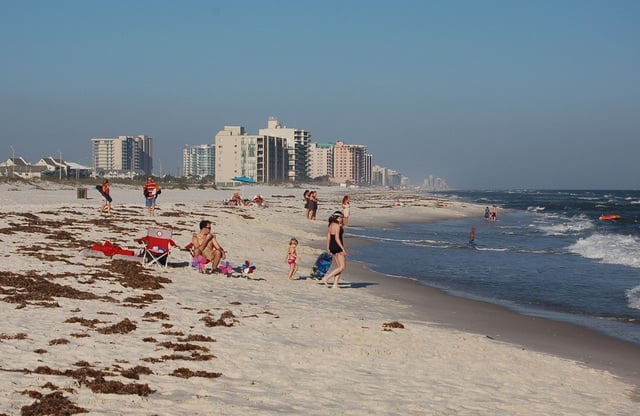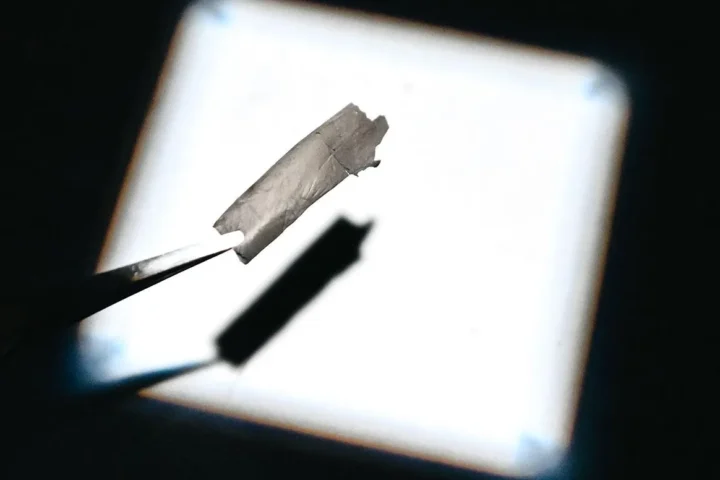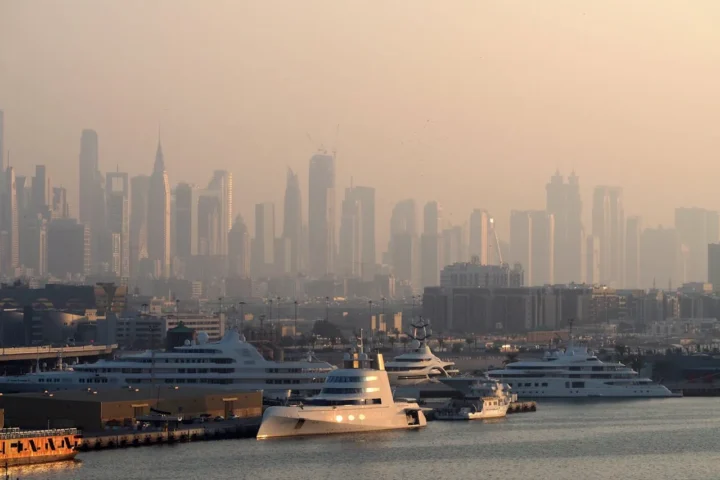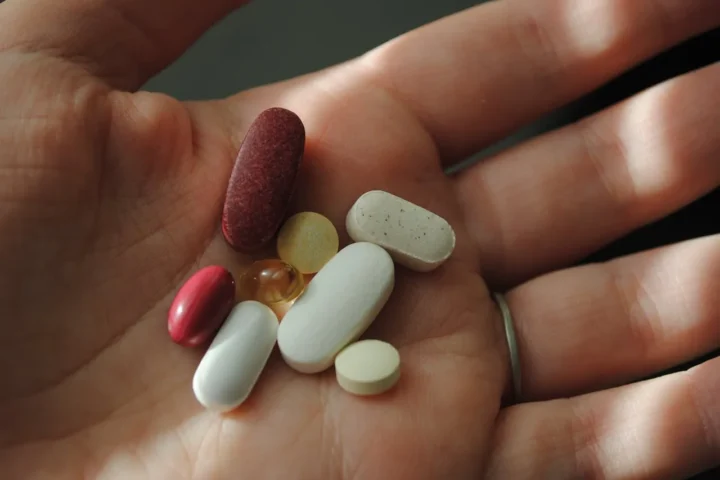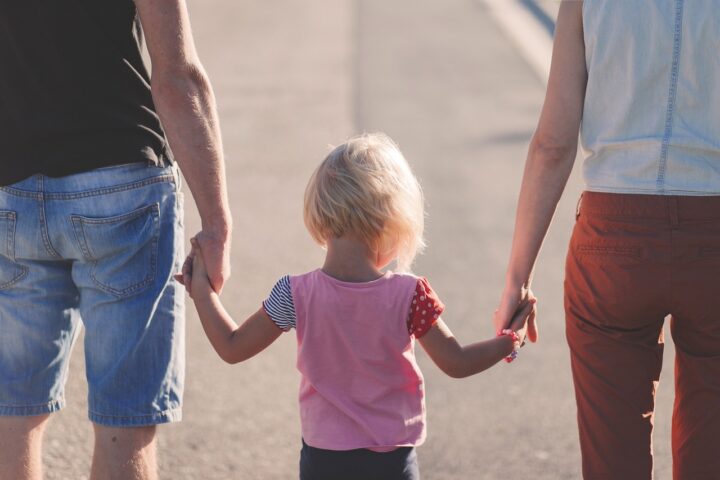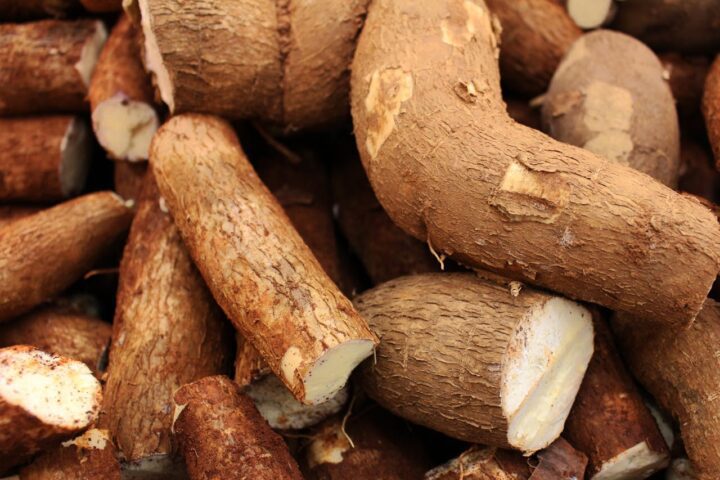Warming waters and hurricane season create perfect conditions for potentially deadly bacteria that’s infecting more people this year than normal – with crucial safety steps everyone should know.
As of August 7, 2025, Florida health officials have documented 16 cases and 5 deaths from Vibrio vulnificus infections, while Louisiana reports an even more concerning spike with 17 cases and 4 deaths. Health experts are warning coastal residents and visitors to take precautions as water temperatures climb during peak season for this naturally-occurring but potentially deadly bacteria.
The Louisiana Department of Health is seeing “a higher number of Vibrio vulnificus cases and deaths than are typically reported,” according to their recent statement. For perspective, Louisiana typically averages only seven cases and one death during the same period in previous years.
What Makes This Bacteria Dangerous?
Vibrio vulnificus lives naturally in warm coastal waters, especially where salt and fresh water mix. You can become infected two main ways:
- Through open wounds exposed to brackish or salt water
- By eating raw or undercooked shellfish, particularly oysters
What makes Vibrio particularly concerning is how quickly it can turn deadly. About one in five people with this infection die, sometimes within just 1-2 days of becoming ill. Those with certain health conditions face substantially higher risk.
State epidemiologist Teresa Sokol notes the seasonal connection between warm water temperatures and Vibrio presence, as the bacteria thrives and multiplies in these conditions.
Who Needs to Be Most Careful?
While anyone can get infected, these groups face significantly higher danger:
- Adults over 65
- People with chronic liver or kidney disease
- Those with diabetes
- Anyone with a compromised immune system
For these high-risk individuals, infection can quickly progress to bloodstream involvement with a much higher fatality rate.
Warning Signs That Require Immediate Medical Care
For wound infections, watch for:
- Rapidly spreading redness around a wound
- Severe pain
- Fever
- Skin discoloration or blisters
- Discharge from the wound
For infections from contaminated food:
- Sudden fever and chills
- Low blood pressure
- Stomach pain, nausea, diarrhea
Symptoms can begin within 12-72 hours after exposure, according to the CDC. If you experience symptoms after potential exposure, medical experts emphasize that time is critical – contact your doctor or get to an emergency room immediately.
Prevention Steps That Work
To protect yourself from water exposure:
- Cover wounds with waterproof bandages before entering coastal waters
- Avoid salt or brackish water entirely when you have open cuts, wounds, or new tattoos/piercings
For seafood safety:
- Avoid raw oysters and shellfish completely, especially if you’re in a high-risk group
- Cook shellfish thoroughly following CDC guidelines:
- Boil shucked oysters for at least 3 minutes
- Fry them for at least 3 minutes at 375°F
- Bake at 450°F for 10 minutes
Contrary to popular belief, hot sauce and lemon juice don’t kill Vibrio, and neither does alcohol.
The Hurricane Season Connection
NOAA’s August 7 update confirms that 2025 remains on track for an above-normal Atlantic hurricane season, projecting 13-18 named storms, 5-9 hurricanes, and 2-5 major hurricanes. This matters because storms and flooding expand exposure pathways for Vibrio bacteria.
In NOAA’s May 22, 2025 outlook, Commerce Secretary Howard Lutnick said, “With these models and forecasting tools, we have never been more prepared for hurricane season.”
Climate Trends Expanding Vibrio’s Reach
Research published in Scientific Reports (2023) found Eastern U.S. wound infections increased approximately eightfold between 1988-2018, with the geographic range shifting northward at roughly 48 kilometers per year.
“In the late 1980’s infections were rare above Georgia (32°N) but by 2018 were regularly reported as far north as Philadelphia (40°N),” the researchers noted. This northward expansion follows warming coastal waters and may continue affecting more northern states as climate patterns evolve.
State-by-State Current Situation
This summer has seen Vibrio cases reported across the Gulf Coast region:
- Florida: 16 cases/5 deaths as of August 7
- Louisiana: 17 cases/4 deaths, all requiring hospitalization
Across the Gulf Coast region, multiple states continue to monitor for this dangerous bacteria.
The Connection to Recent Storms
Florida’s health department notes that previous infection spikes have occurred following major hurricanes. Florida DOH notes an unusual 2024 increase (82 cases, 19 deaths) due to the impacts of Hurricane Helene, when storm surge and flooding expanded the bacteria’s reach inland.
Scientists are also concerned about how climate change and extreme flooding may continue to affect waterborne disease patterns in coastal communities.
Where to Check for Updates
For the latest information and local advisories:
With summer temperatures peaking and hurricane season continuing through November, staying informed about Vibrio risks becomes especially important for coastal communities. Health officials urge anyone experiencing symptoms after potential exposure to seek immediate medical attention, as quick treatment dramatically improves survival chances.
